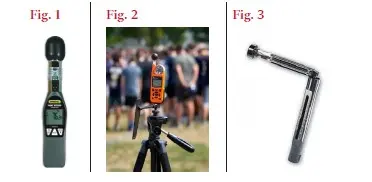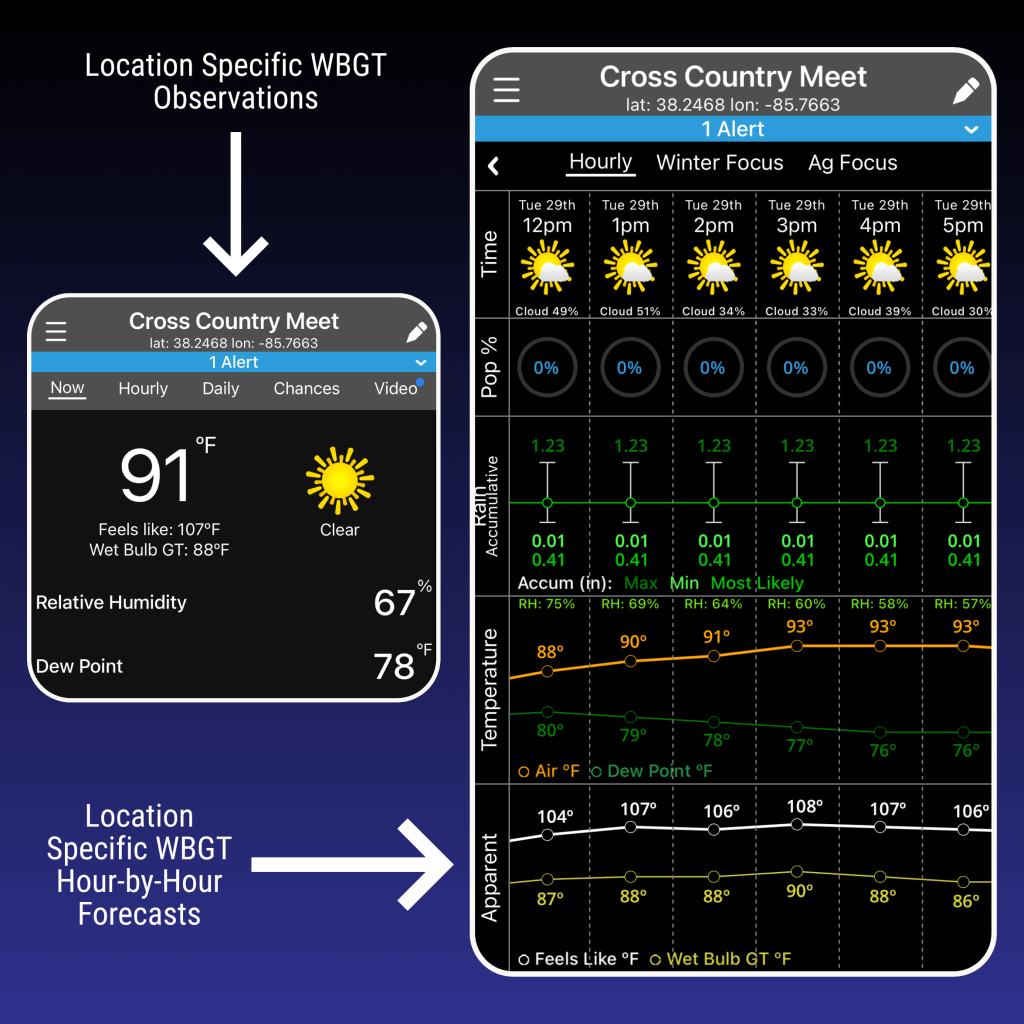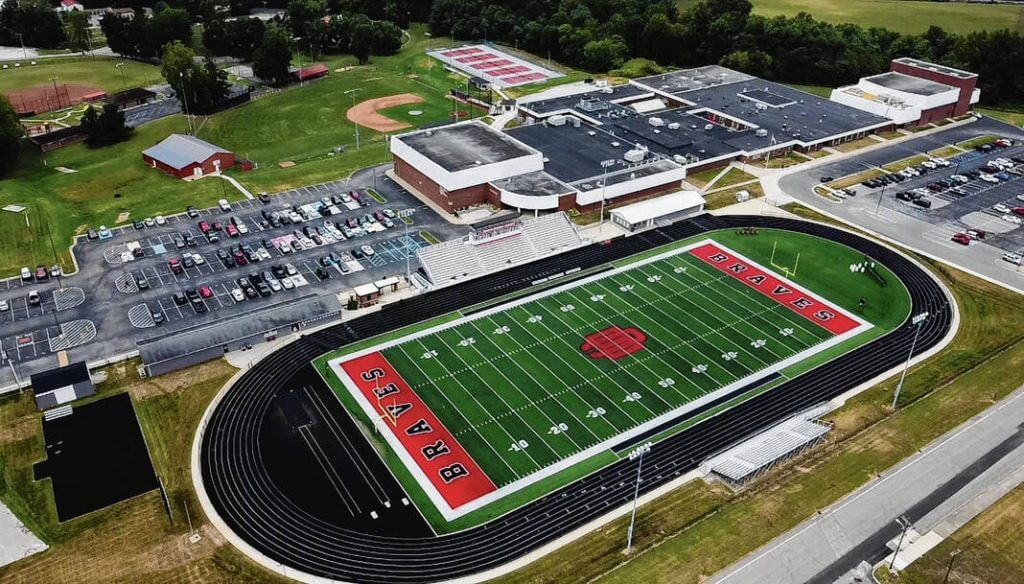Late July heat is ushering in the 2025-26 school year and fall outdoor sports for high school and collegiate athletic events. Athletic directors and athletic trainers bear the responsibility of monitoring heat stress and making weather-related decisions to ensure athlete safety, making real-time data essential.
Over the years, devices to track parameters like the wet bulb globe temperature (WBGT) for heat stress indicators have become somewhat of a standard for many schools across the United States, evolving from the sling psychrometer to handheld equipment. With more than 45 years of experience as an athletic trainer and consultant, Ralph Reiff has seen the evolution first hand.

“Handheld tools in athletic weather [monitoring] have developed from the Sling Psychrometer to technology readers of realtime, 1 location devices,” Reiff explained.

After retiring from Butler University as a senior associate athletic director, Reiff founded Reiff Executive Performance Solutions. His experience spans Olympic training and published expertise, making him a leading voice on athlete safety. He emphasizes how weather monitoring advancements enable better real-time management of heat-related risks.
“Weather monitoring devices have greatly advanced the realtime, single location information for the athletic trainer and deliver information to insert into an Emergency Action Plan (EAP),” Reiff said.
Despite these improvements, handheld devices have limitations: single-location readings, inconsistent height above surfaces, and delays in sharing data with staff, coaches, and stakeholders, as Reiff noted.
In an effort to fill the gap left by handheld devices, BAM Weather has integrated advanced heat index and WBGT technology into their Clarity platform. Among these additions includes forecasted WBGT values and not just observations, allowing athletic trainers and athletic directors to take a more proactive decision making approach rather than reactive. In addition, consultation capabilities with meteorology experts assist in the decision making process. According to Reiff, this combination allows Clarity to be a powerful tool to integrate into emergency action plans.
”BAM and Clarity provide predictive forecasting, surface temperatures, Wet Bulb data, and real-time information, the complete data set needed to plan and execute EAPs,” Reiff noted.

Benefits include monitoring multiple locations simultaneously for a comprehensive view of threats, increasing efficiency. Forecasts hours or days ahead, combined with consultations, enable advanced planning for athletic trainers, directors, parents, and athletes.
The next step of the weather monitoring practice is technology – all housed in one spot for simplicity and efficiency.
With additional heat potential on the way for Mid-August following a brief cool down, Clarity can help increase the arsenal of athletic directors and athletic trainers when making critical heat related decisions this fall.
For more information about how WBGT monitoring works on Clarity – and in the different observation zones across the United States, read our breakdown here. To test Clarity for yourself, start a trial here: bamwx.com/claritypackages.


